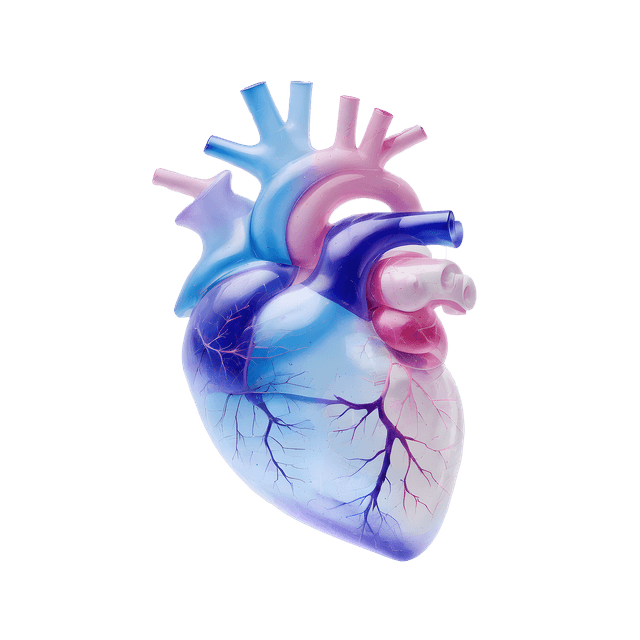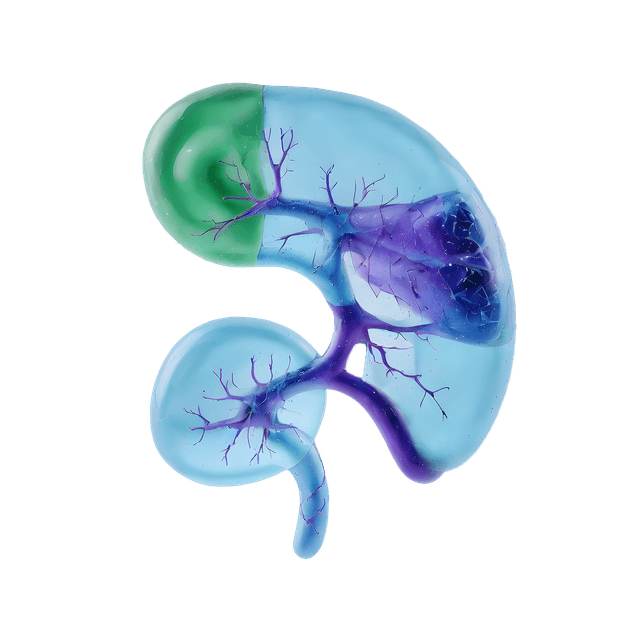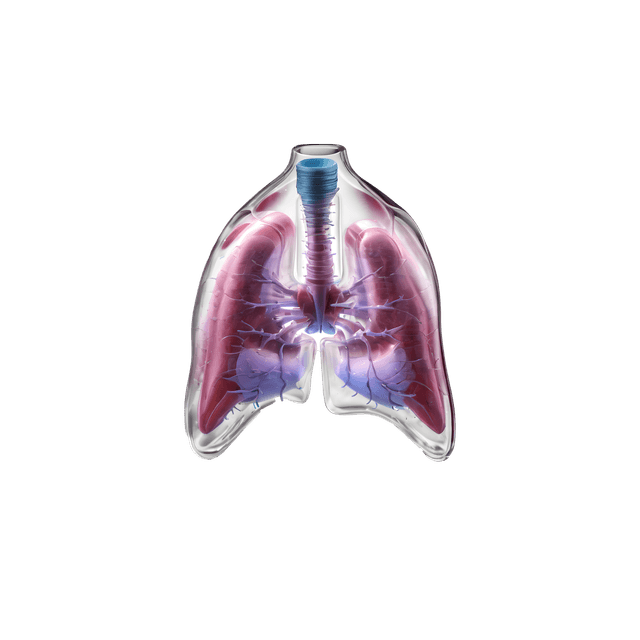Anxiety can be linked to specific events or be more general, where you don't really know what is causing it. It is as if the body and mind are on constant high speed ready to face a stress that may never occur. It is a feeling of being trapped in one's own thoughts and a constant worry about the future. Anxiety is like a wave of overwhelming fear and dread. It's as if the heart beats in overdrive, breathing becomes rapid and shallow, and the body reacts as if it is facing danger, even if there is no obvious threat.
Anxiety can be very physical and feel like a lump in the stomach, dizziness or a pressing weight on the chest. Both worry and anxiety are natural emotions that all people experience at times. They can even be adaptive, as they can help us stay alert and prepared for threatening situations. The problem arises when these feelings become chronic or when they are no longer proportional to the actual danger. Then they can negatively affect our quality of life and health.
Symptoms of worry or anxiety:
Strong worry and anxiety can cause both physical and psychological symptoms, such as:
Palpitations or fast pulse.
Difficulty breathing or feeling of not getting enough air, Sweating.
Shaking or trembling.
Stomach upset, including nausea, vomiting, diarrhea or constipation.
Feelings of fear or panic.
Unpleasant feelings such as anxiety, sadness, or anger.
li>
Difficulty falling asleep or repeated awakenings during the night
Panic syndrome: Characterized by having repeated attacks of severe anxiety that come on suddenly, also known as panic attacks, and feeling afraid of having another anxiety attack.
Phobias: You get strong anxiety and fear of certain specific things, which makes you avoid them.
Generalized anxiety disorder (GAD): A constant worry and anxiety that lasts for at least six months.
Obsessive compulsive disorder: Characterized by having obsessive thoughts with or without compulsions.
Different forms of anxiety
There are several different types of anxiety disorders. Here are some examples:
These are some of the most common anxiety disorders, and it is important to understand that they can vary in severity and affect people in different ways. Treatment and support can be very helpful in managing anxiety disorders and improving the quality of life for those who suffer from them.





















